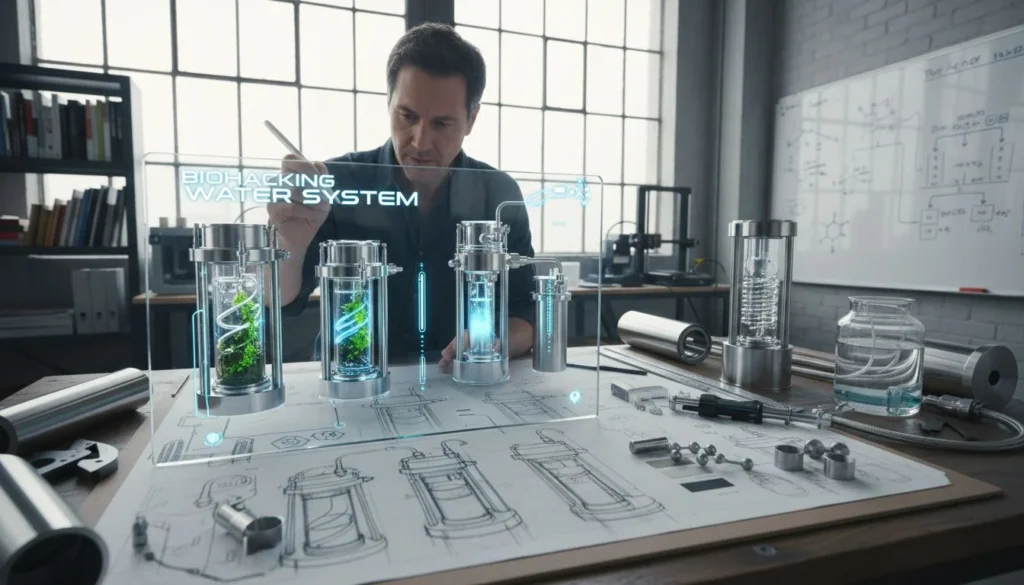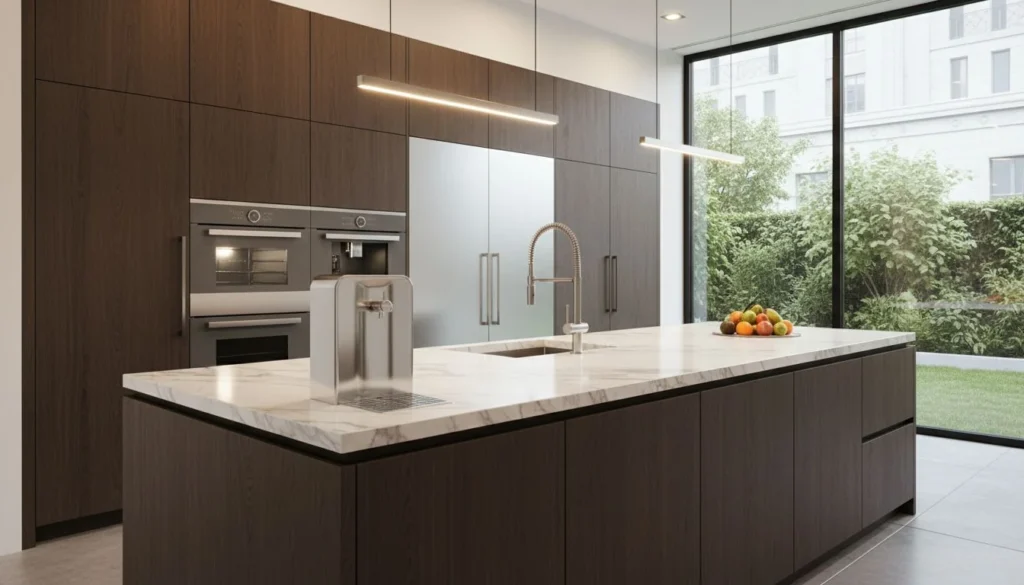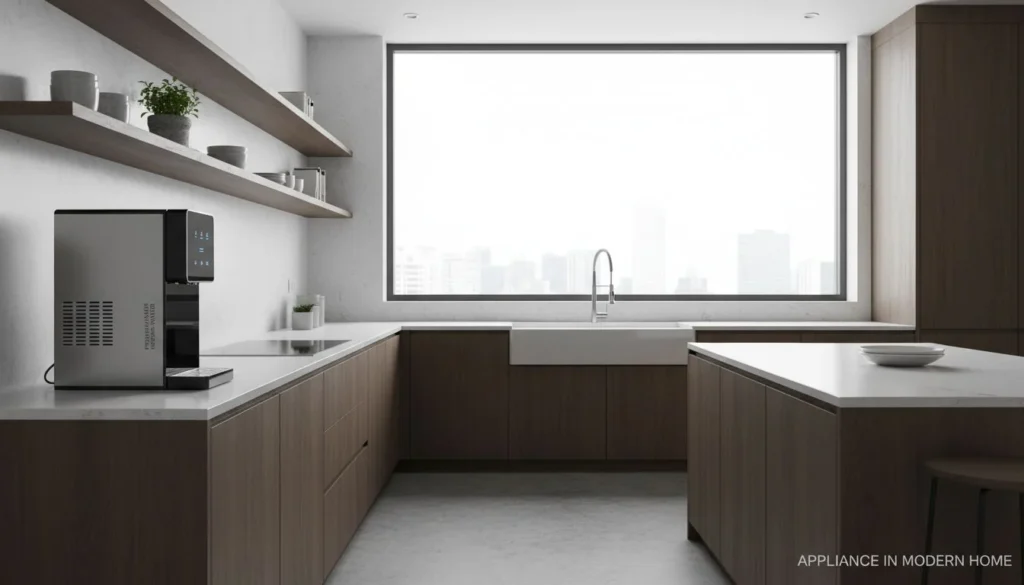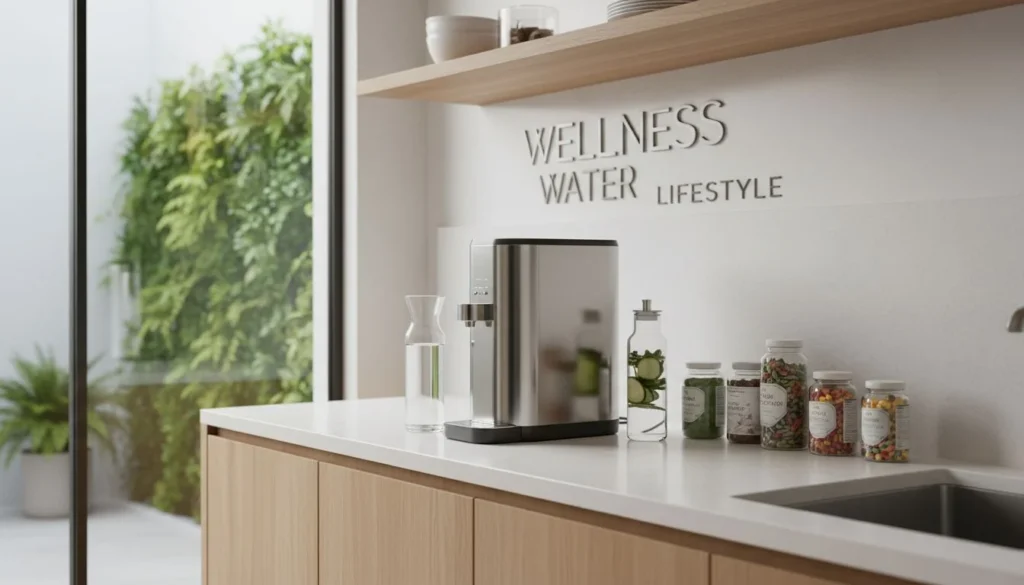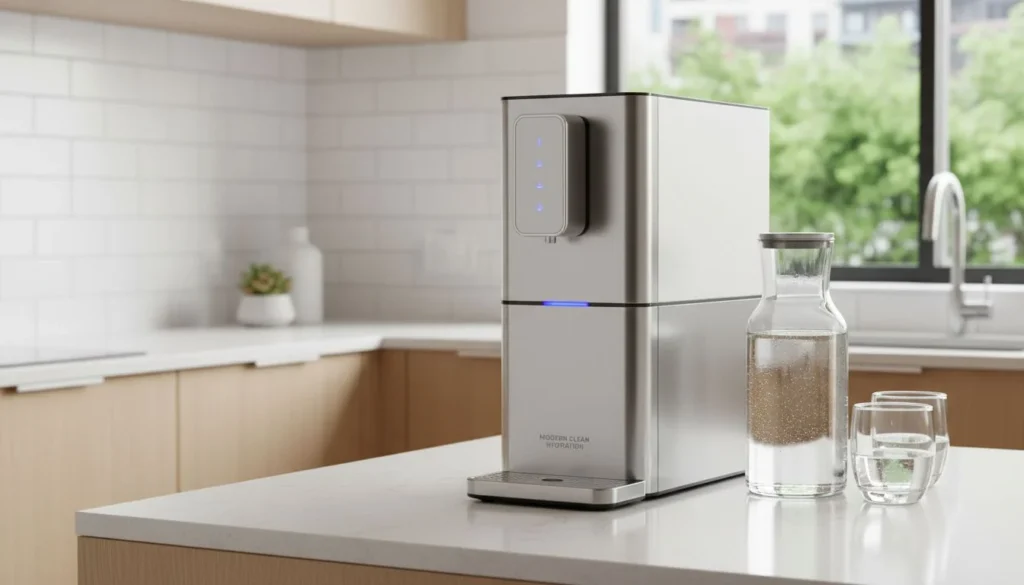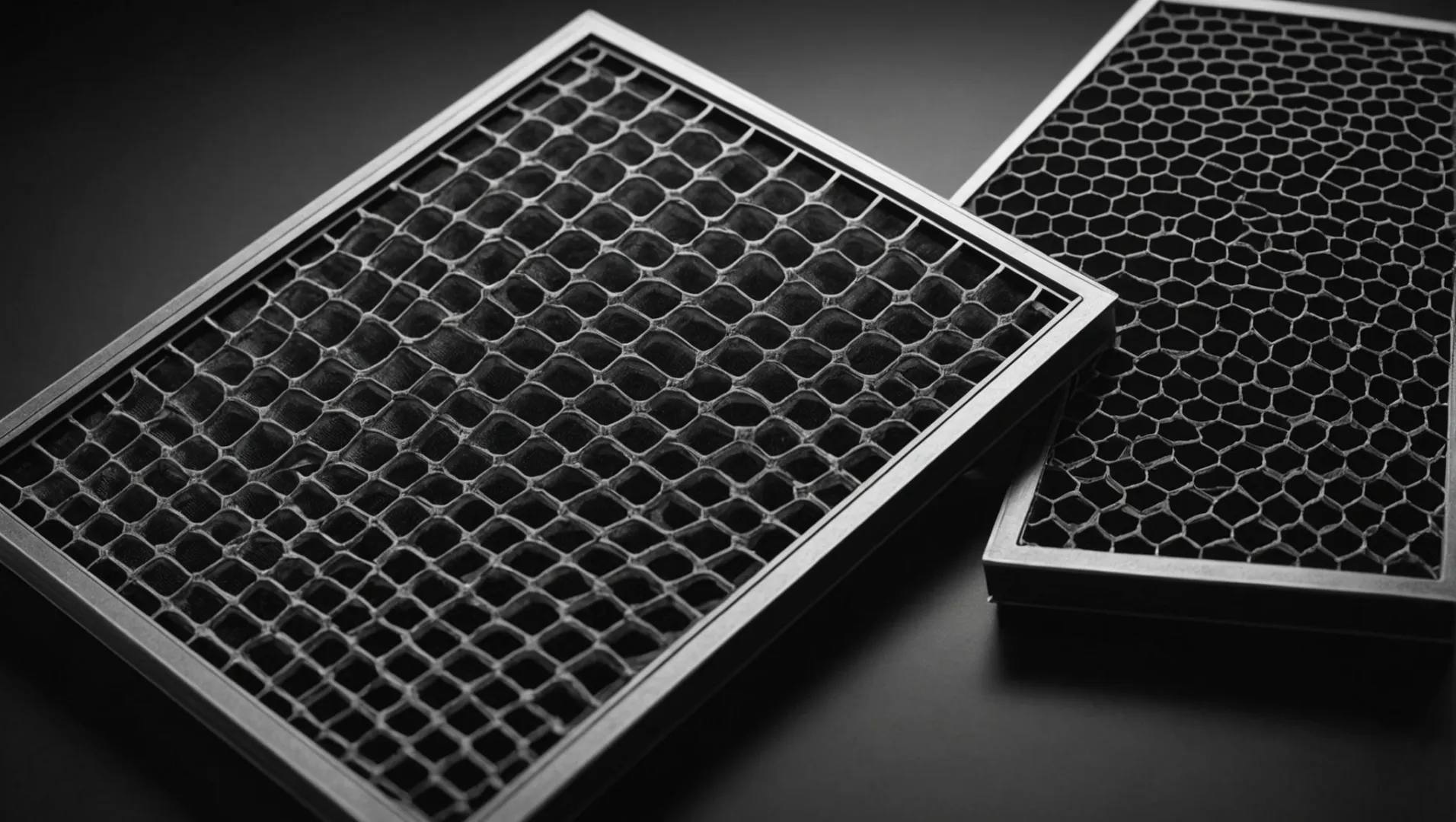
どちらを選ぶか ヘパ とカーボンフィルターは単なる技術的な決断ではなく、より健康的な生活への一歩なのだ。
ヘパ フィルターは空気中の微粒子の除去に優れ、カーボンフィルターは臭気と揮発性有機化合物(VOC)の除去に優れています。包括的な空気浄化を実現するために、多くのシステムではこの2つを組み合わせて、幅広い空気質の問題に対処しています。
の強みと限界を理解する ヘパ とカーボンフィルターから、あなたの空気環境のニーズに最適なオプションを選ぶことができます。これらのフィルターがどのように機能するのか、さらに深く掘り下げて、あなたの具体的な状況により適しているのはどちらかを見つけてみましょう。
HEPAフィルターが臭いを効果的に除去します。偽
HEPAフィルターは、臭気ではなく粒子を捕捉します。カーボンフィルターは臭いを取り除きます。
どのようなものなのか? ヘパ フィルターとその仕組み
ヘパ フィルターは、空気中の微小粒子を捕捉し、よりクリーンな呼吸環境を実現するために重要な役割を果たす。
ヘパ フィルターは、繊維の密なマットを通して0.3ミクロンの粒子を捕捉し、ほこり、花粉、その他の汚染物質を効果的に除去して空気の質を改善します。

理解する ヘパ テクノロジー
高効率粒子状空気ヘパ)フィルターは、0.3ミクロンの粒子を少なくとも99.97%捕獲するように設計されています。このレベルの効率は、インターセプション、インパクション、ディフュージョンの3つのメカニズムの組み合わせによって達成されます。フィルター内を空気が流れる際、粒子は繊維の密な網目に捕捉されます。 ヘパ フィルター効率1 の規格がある。 ヘパ 11 から ヘパ 14、ろ過能力は95%から99.995%まで増加。
の構造 ヘパ フィルター
ヘパ フィルターは、ランダムに配列された繊維で構成され、通常はグラスファイバー製である。フィルターは、その複雑な織り目によって粒子の動きを遅くし、効果的な捕獲を可能にする。この構造は 浮遊粒子2 フィルターを通過して環境に入るのを防ぐ。
| ヘパ レベル | ろ過効率 |
|---|---|
| ヘパ 11 | 95% |
| ヘパ 12 | 99.5% |
| ヘパ 13 | 99.95% |
| ヘパ 14 | 99.995% |
利点と限界
の主な利点は ヘパ フィルターは、空気中のアレルゲンを大幅に減少させる能力を持っているため、呼吸器系の問題やアレルギーを持つ人に理想的です。しかし、臭いやガスは除去できないため、多くの空気清浄機はカーボンフィルターと組み合わせている。
その効果にもかかわらずだ、 ヘパ フィルターは時間の経過とともに目詰まりを起こし、風量と効率を低下させます。最適な性能を確保するには、定期的なメンテナンスと交換が不可欠です。
アプリケーションと使用例
ヘパ フィルターは、家庭、病院、産業環境など、さまざまな環境で広く使用されています。クリーンルームや研究室など、厳しい空気品質基準が求められる空間では特に有効です。
結論として、どのような方法で ヘパ フィルターの機能と空気の質を向上させる役割から、ニーズに合った空気清浄システムを選ぶことができます。
HEPAフィルターは0.3ミクロンの粒子を捕集します。真
HEPAフィルターは0.3ミクロンの粒子を捕捉し、空気の質を改善します。
HEPAフィルターが臭いやガスを効果的に除去します。偽
HEPAフィルターは臭いやガスを除去しないので、カーボンフィルターが必要だ。
カーボンフィルターが臭いを除去する効果は?
カーボンフィルターは本当に効果的に臭いを除去できるのか、それとももっと良い選択肢があるのか?
カーボンフィルターは、臭気や揮発性有機化合物(VOC)を表面に吸着させて除去する効果が高い。このプロセスにより、ペット、料理、煙などから発生する不快な臭いを中和することができるため、カーボンフィルターは空気清浄システムにおいて人気のある選択肢となっています。
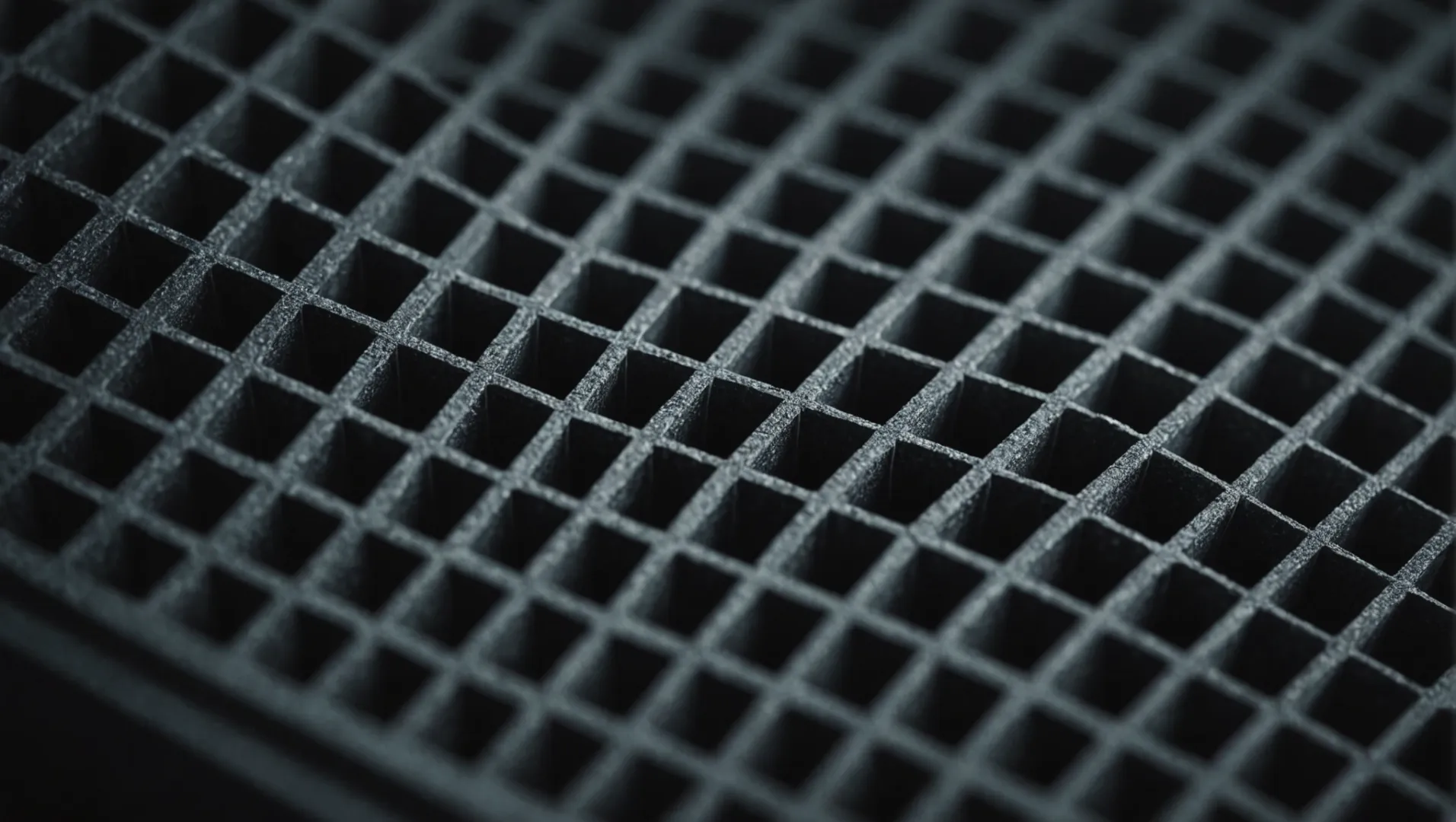
カーボンフィルターについて
活性炭フィルターとも呼ばれるカーボンフィルターは、多孔質カーボンの大きな表面積を利用して臭気やVOCを捕捉し、中和することで機能します。臭気分子がカーボン表面に付着するため、この吸着プロセスが効果の鍵となります。
カーボンフィルターの種類
- 波形活性炭:吸着面積が大きく、悪臭の強い環境に最適。
- ハニカムカーボン:高い吸着能力を維持しながらエアフローを最大化する構造設計を採用。
それぞれのタイプには利点がある。 波形活性炭3 深刻な悪臭問題を幅広くカバーし ハニカムカーボン4 効率と風量のバランスをとる。
効果に影響する要因
- 風量:カーボンフィルターの効率は、空気清浄機の風量に大きく依存します。風量が大きいと、フィルターに空気が当たる頻度が高くなります。
- フィルター厚さ:カーボン層を厚くすると、より多くの粒子を吸着できますが、気流が減少し、清浄空気供給率(CADR)に影響を与える可能性があります。
- 技術統合:空気清浄機の中には、他のろ過システムと組み合わせることで、カーボンフィルターの性能を高める高度な統合技術を採用しているものもある。
カーボンフィルターとの比較 ヘパ フィルター
一方 ヘパ フィルターはホコリや花粉などの粒子状物質の除去に優れていますが、カーボンフィルターは臭気除去において比類がありません。多くの空気清浄機がこの2つの技術を統合し、より幅広い空気質の問題に対応しているのは、この補完的な機能のためです。
カーボンフィルターの使用例
- ペットオーナー:カーボンフィルターがペットの臭いを効果的に中和し、よりフレッシュな室内環境を提供します。
- キッチン:残りがちな強い調理臭を消すのに便利。
- 喫煙者:タバコの臭いを軽減し、空気全体の質を改善します。
の強みを理解することで 異なる炭素技術5 とそれぞれの用途に合った空気清浄機システムを選択することができます。
カーボンフィルターはHEPAフィルターよりも臭気除去効果が高い。真
カーボンフィルターは、粒子を捕捉するHEPAフィルターとは異なり、臭気を吸着する。
カーボン層を厚くすることで、空気清浄機のエアフローは常に改善される。偽
層が厚いと空気の流れが悪くなり、清浄空気排出率に影響する場合があります。
空気清浄機はなぜ組み合わされるのか ヘパ とカーボンフィルター?
組み合わせ ヘパ とカーボンフィルターは、粒子、臭気、ガスをターゲットとして空気浄化を最大化します。
空気清浄機 ヘパ とカーボンフィルターにより、空気中の粒子とガス状汚染物質の両方に効果的に対処します。このデュアルフィルターシステムは、粒子状物質と悪臭の両方に対処することで、室内空気の質を改善するためのより包括的なアプローチを保証します。
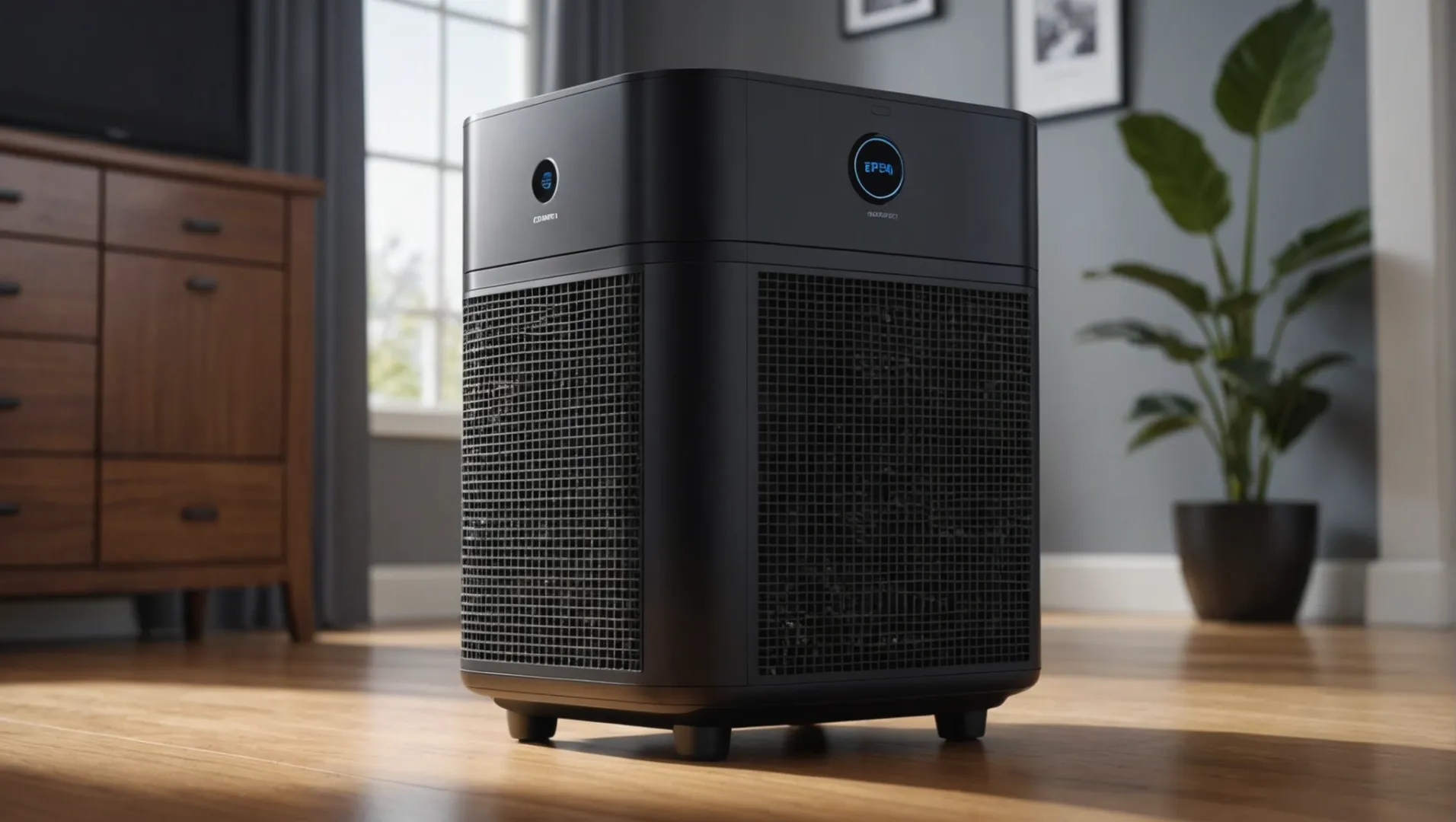
理解する ヘパ およびカーボンフィルターの機能
空気清浄機がなぜ組み合わされているのかを理解するために ヘパ6 とカーボンフィルターのそれぞれの役割を理解することが重要である。 ヘパ フィルターは、ホコリ、花粉、ペットのフケなどの粒子を捕捉するのに優れています。アレルゲンを減らし、空気の質を大幅に改善したい人には欠かせない。一方、カーボンフィルターは臭いや揮発性有機化合物(VOC)の除去に優れている。 ヘパ フィルターがある。
フィルターを組み合わせるメリット
空気清浄機に両方のタイプのフィルターを統合することで、より幅広い汚染物質に対応することができる。例えば ヘパ フィルターは煙やバクテリアのような微粒子を捕らえ、カーボンフィルターは煙の臭いを中和し、洗浄剤や塗料から放出される有害なガスを吸収する。
| フィルタータイプ | 主な機能 | こんな方に最適 |
|---|---|---|
| ヘパ | 粒子、アレルゲンを除去 | アレルギー、喘息患者 |
| カーボン | 臭気、VOC、ガスを除去 | ペットのいる家、料理のにおい |
効率と性能に関する考察
両方のフィルターを使うには、効率と性能のバランスをとる必要がある。例えば、異なるグレードの ヘパ フィルター ヘパ 11 から ヘパ 14-濾過効率のレベルはさまざまである。 ヘパ 14粒子を99.997%までろ過する。一方、カーボンフィルターの種類は、波形活性炭かハニカム活性炭かによって、臭いを効果的に除去する能力に影響する。
さらに、カーボンフィルターが重くなると、空気清浄機システム内の抵抗が増加し、清浄空気供給率(CADR)が低下する可能性があります。メーカーにとって、最適な空気浄化性能を得るためには、ろ過効果と高いCADRの維持のバランスを取ることが極めて重要です。
実践的応用
消費者にとっては、この両方を兼ね備えた空気清浄機を選ぶことが重要である。 ヘパ とカーボンフィルターにより、さまざまな空気の質に関する問題から総合的に保護します。春の花粉やキッチンの料理のニオイなど、このデュアルフィルターシステムは多彩なソリューションを提供します。
各フィルタータイプの長所を理解することで、ご自宅の環境に最適な空気清浄機を選択する際に、十分な情報を得た上で決断することができます。
HEPAフィルターが臭いを効果的に除去します。偽
HEPAフィルターは臭気ではなく粒子を捕捉し、カーボンフィルターは臭気を処理する。
カーボンフィルターは揮発性有機化合物を捕捉する。真
カーボンフィルターは、粒子を捕捉するHEPAフィルターとは異なり、VOCを吸収する。
アレルゲンと喘息に最適なフィルタータイプは?
喘息患者やアレルギーを起こしやすい人にとって、エアフィルターの世界をナビゲートすることは不可欠である。
ヘパ フィルターは、ホコリ、花粉、ペットのフケなどの微粒子を捕捉する効率が高いため、一般的にアレルゲンや喘息の誘因を管理するための最良の選択です。最適な結果を得るには、以下の数値が高いフィルターを選ぶこと。 ヘパ などと評価する。 ヘパ 13または14で、最大99.97%の浮遊粒子を捕捉できる。

理解する ヘパ アレルゲン用フィルター
高効率粒子状空気ヘパ)フィルターは、0.3ミクロンの粒子を少なくとも99.97%捕獲するよう特別に設計されています。ダニ、花粉、ペットのフケなどの一般的な誘因を捕らえることができるため、アレルギーや喘息を持つ人に非常に効果的です。 ヘパ フィルター7 はその効率によって分類される。 ヘパ 13と14は、居住環境において最も効果的である。
ヘパ フィルターは、有害な粒子を捕捉する細かいメッシュに空気を通すことで機能します。その効果は、フィルターの定格、風量、メンテナンス頻度によって異なります。交換が不可欠 ヘパ フィルターを定期的に交換することで、効率を維持し、きれいな空気を供給し続けることができます。
喘息管理におけるカーボンフィルターの役割
一方 カーボンフィルター8 主にガス、臭気、揮発性有機化合物(VOC)を対象とし、空気中の潜在的な刺激物質を除去することで、喘息の管理をサポートする役割を果たす。カーボンフィルターは活性炭を使用して分子を吸着するため、タバコの煙や調理の臭いなど、特定の喘息誘因物質への暴露を減らすのに役立つ。
しかし、カーボンフィルターは、喘息管理にとってより重要な粒子状物質を捕捉しないことに注意することが重要である。したがって、便利ではあるが、アレルゲン除去の主要な解決策として頼るべきものではない。
総合的な保護のためのフィルターの組み合わせ
最近の空気清浄機の多くは、この2つを統合している。 ヘパ とカーボンフィルターによる包括的な空気清浄ソリューションを提供する。この組み合わせにより、ユーザーは以下の粒子捕捉能力の恩恵を受けることができる。 ヘパ カーボンフィルターで臭気やガス状汚染物質にも対応する。
この2つの技術を統合することで、喘息やアレルギーに悩む人にとって最適な環境を作り出すことができ、微粒子と気体の両方の刺激物質を効果的に管理することができる。空気清浄機を選ぶ際には、可能な限り幅広い保護を確保するために、多段式ろ過システムを搭載したモデルを検討してください。
フィルターシステムを選択する際には、清浄空気供給率(CADR)、騒音レベル、フィルター交換費用などの要素を評価し、十分な情報を得た上で決定してください。の両方を備えた高品質の空気清浄機に投資することです。 ヘパ とカーボンフィルターは、室内の空気の質を大幅に向上させ、アレルギーや喘息患者の症状を緩和することができます。
HEPA 13フィルターは99.97%の粒子を捕集します。真
HEPA13フィルターは、0.3ミクロンの微粒子まで捕捉する高効率フィルターです。
カーボンフィルターがダニを効果的に捕獲。偽
カーボンフィルターは、ダニのような粒子状物質ではなく、ガスや臭いを対象とする。
結論
空気の質を最適に保つには、以下の両方の機能を備えた清浄機をご検討ください。 ヘパ とカーボンフィルター。これらのフィルターが連動して、粒子と臭いの両方に対応し、より健康的な家へと導きます。
-
さまざまなHEPA規格とその効率レベルについて..:ヨーロッパ規格では、フィルターには17のクラスがあり、クラスが高いほど効率が高くなります。クラスE10からE12は効率的なフィルターです。 ↩
-
HEPAフィルターがどのように粒子を捕獲・保持するのか、その構造をご覧ください:このタイプのエアフィルターは、理論上少なくとも99.97%のホコリ、花粉、カビ、バクテリア、および0.3 ... ↩
-
波型活性炭がどのように臭気除去の効率を高めるか..:活性炭は、活性炭とも呼ばれ、水や空気中の汚染物質をろ過するために一般的に使用される炭素の一種です。 ↩
-
ハニカムデザインが空気清浄機の性能をどのように向上させるかをご覧ください:ハニカム活性炭は、環境に優しい新しいタイプの活性炭廃ガス浄化製品であり、効果的に臭気や汚染物質を低減することができます。 ↩
-
最適なニオイ対策のためのさまざまなカーボンフィルター技術をご覧ください:空気中の臭い、VOC、煙を吸着・封じ込めるチャコールフィルターやカーボンフィルターを利用した空気清浄機技術。 ↩
-
HEPAフィルターの微粒子捕獲能力について..:HEPAフィルターは、微粒子を捕獲するためにかなりの厚みを持つプリーツ加工された機械式エアフィルターです。プリーツによってマットが形成され ... ↩
-
HEPAフィルターがどのようにアレルゲンを効果的に捕らえるかをご覧ください:HEPA掃除機を使用すると、一部の粒子が捕捉され、他の粒子は呼吸空間に攪拌され、部屋または家全体の空気ろ過で除去されます。 ↩
-
カーボンフィルターがどのように臭気やガスを除去するかを理解する:カーボンフィルターは、吸着と呼ばれるプロセスによって臭いを捕捉します。吸着は、分子が表面に染み込むのではなく、表面の外側に付着することで起こります。 ↩


